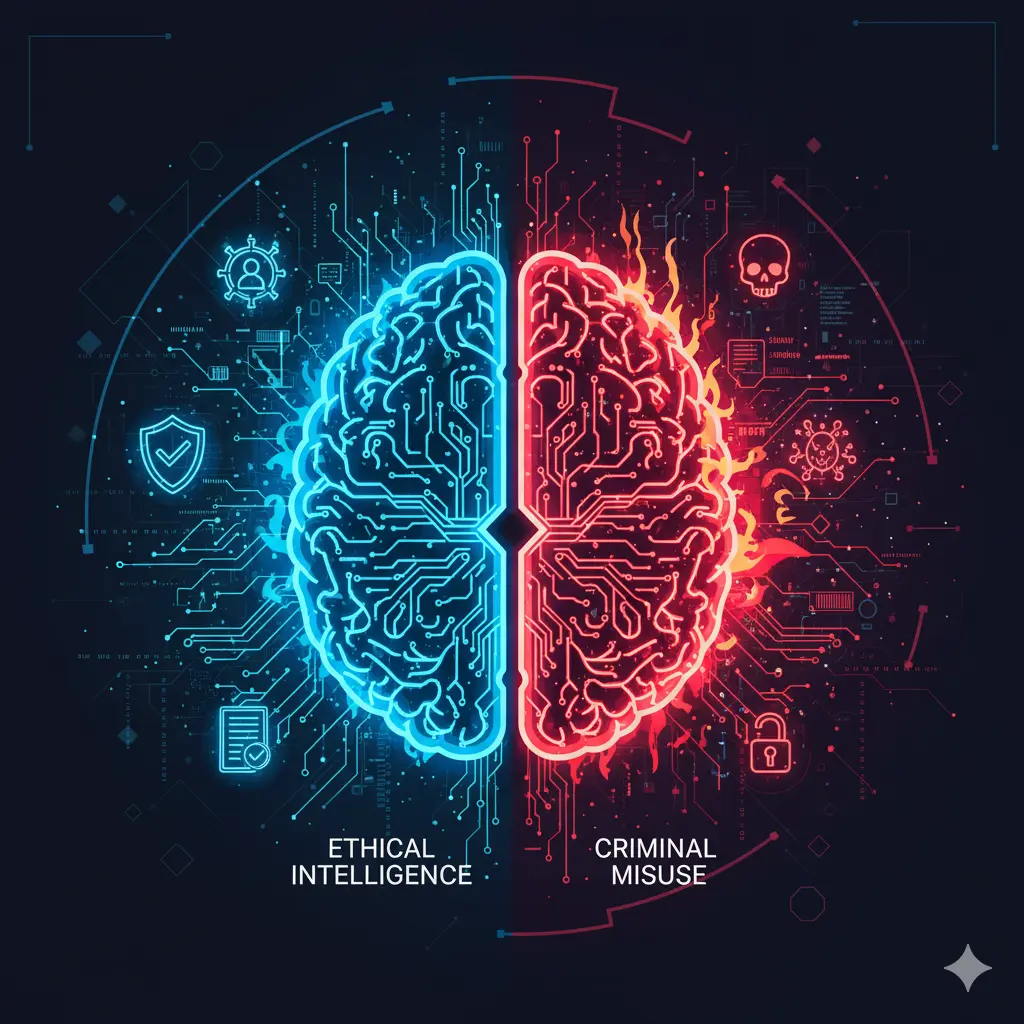Regulator Audits in 2025: Preparing for Stress Testing in AML Systems
In 2025, regulators are raising the bar on how banks demonstrate the effectiveness, resilience, and governance of Anti-Money Laundering (AML) systems. Beyond point-in-time validations, supervisors…
Read more













